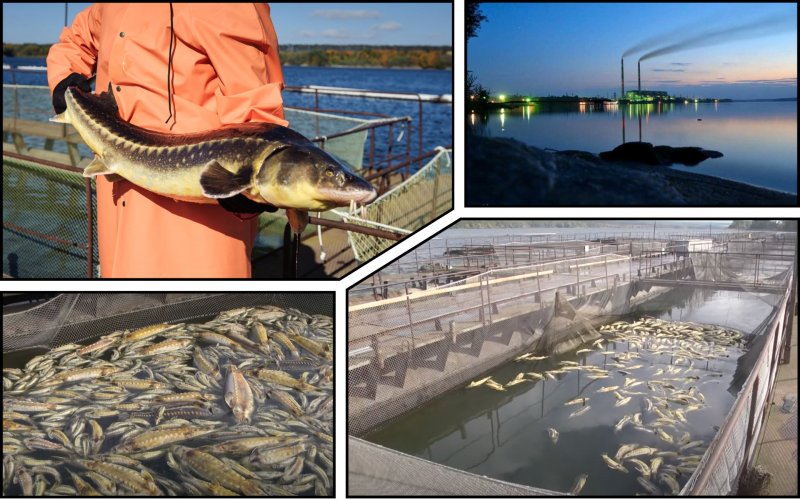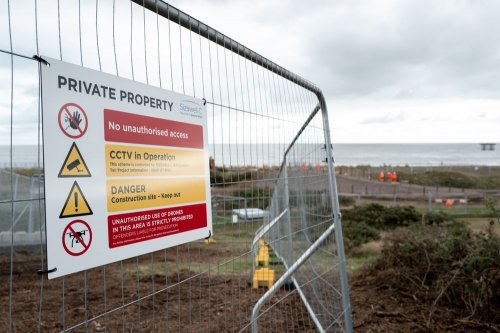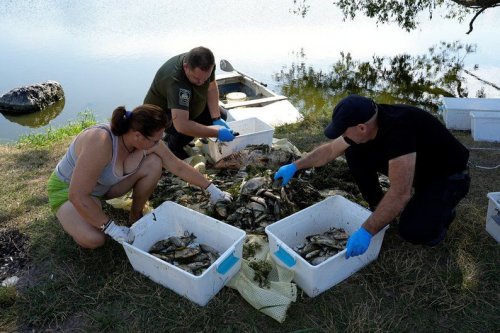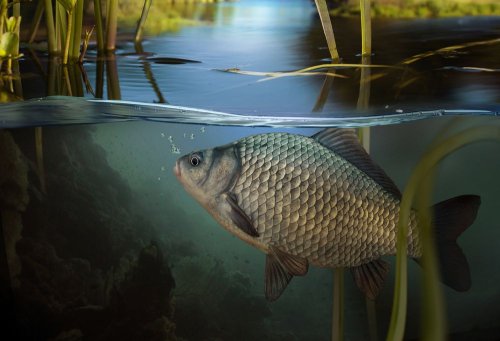In Vinnytsia, the regional council has created a deputy working group that will study the issue of the mass death of sturgeon in the Ladyzhyn reservoir on the South Bug River.
The commission must submit a report within a month, says the order of the head of the regional council Vyacheslav Sokolovy.
It is noted that the commission should also study the issue of compliance with the requirements of environmental protection legislation when placing a cesspool in the Trostyanets community.
As you know, on October 3, 9 tons of red fish, namely sturgeon and beluga, died in a tank for growing sturgeon due to pollution of the South Bug River. This destroyed the only unique herd of breeding Azov sturgeon.>
In the story of "VITA" TV channel, it was said that the dead fish is still on the sturgeon farm, because law enforcement officers are weighing each fish for the investigation.
Aquafarm sturgeon Ivan Agapov explained that these fish are very resistant to water pollution. The sturgeons died within 6 hours, which means that the pollution will be very large.
He emphasized that the preservation of sturgeon is very important, because in the natural marine environment these fish have almost disappeared. However, thanks to nurseries, the population can still be restored.
According to the owner of the aqua farm Oleksandr Korkha, the cause of the sea was pollution from the Vinnytsia Poultry Farm LLC pumping station, which is located 5-6 km upstream.
He explained that the station pumps water for poultry farmers. When the water blooms in the reservoir, the equipment gets dirty, and to wash off the organic matter, it is washed with caustic, that is, alkaline caustic sodium. This substance affects the respiratory system and causes fish to die.
"We were saved by the fact that the Ladyzhyn thermal power station pumped aerated water, which flowed into our pontoons, which increased the level of dissolved oxygen. On October 3, it was under repair," said Korkh.
The material emphasized that the dead fish, worth $1.5 million, had already begun to decompose. It is disposed of.
As EcoPolitic reported earlier, in Khmelnytskyi region in September, in the South Bug River, an excess of the maximum permissible concentration of nitrite nitrogen by 48 times and ammonium nitrogen by 30.3 times was found.





